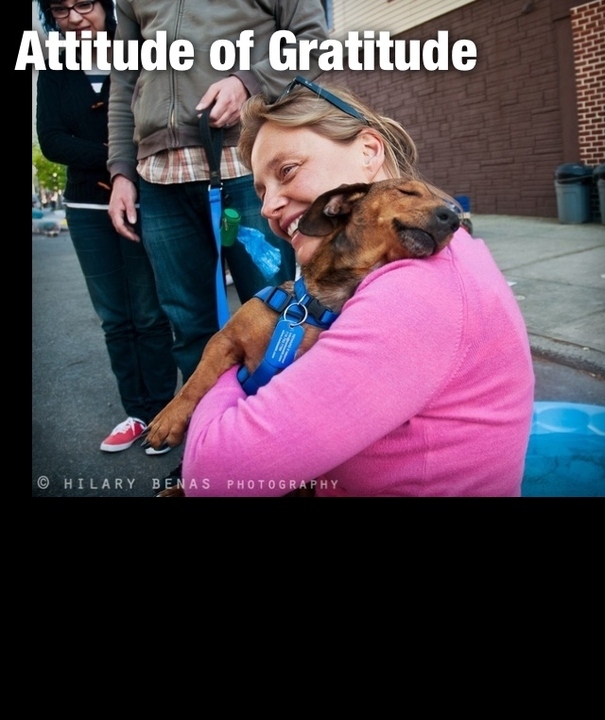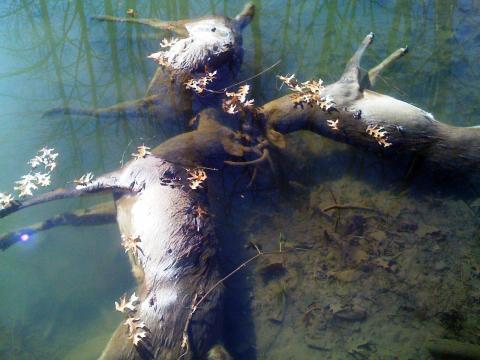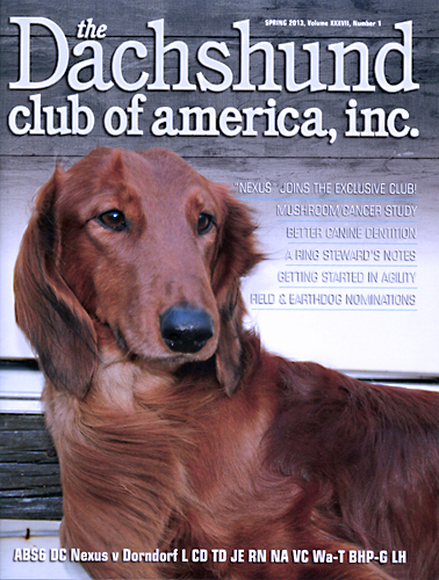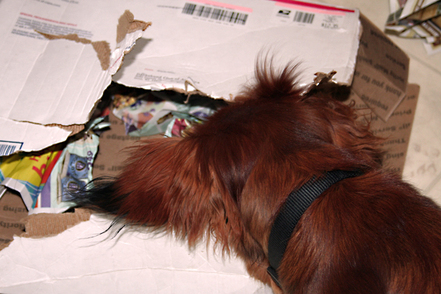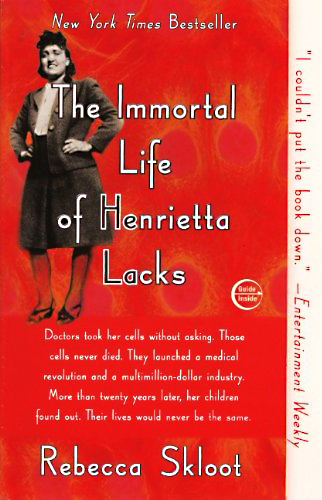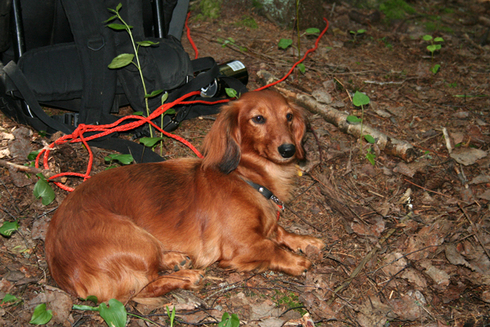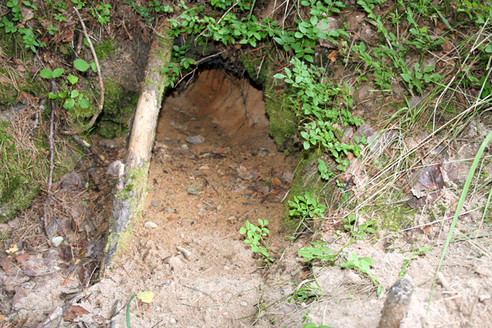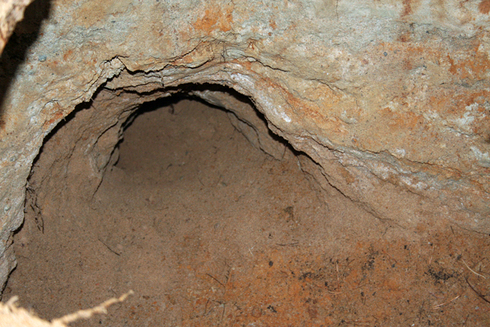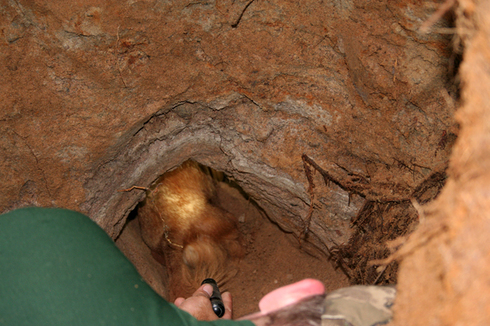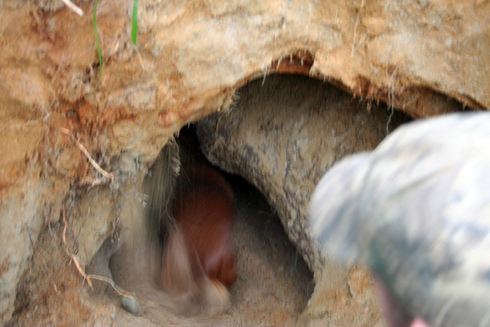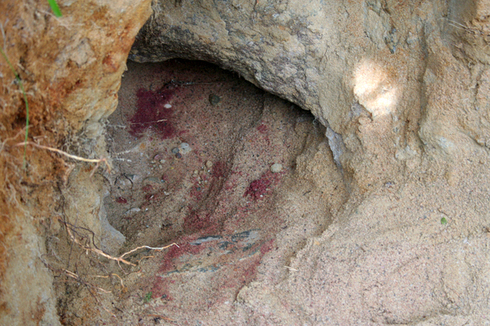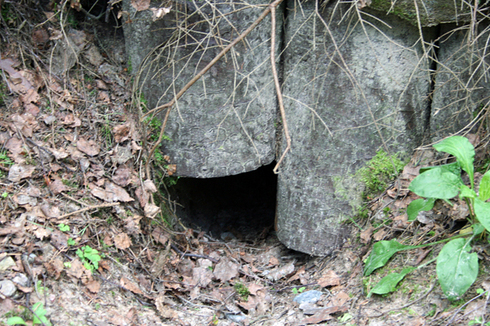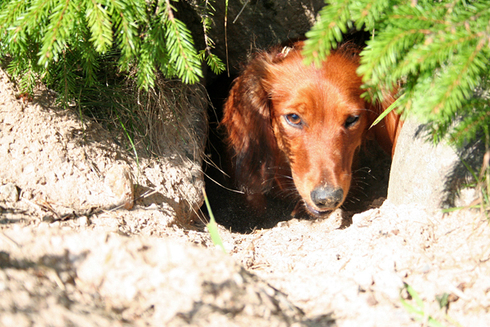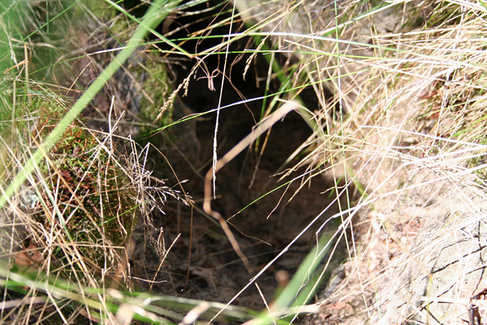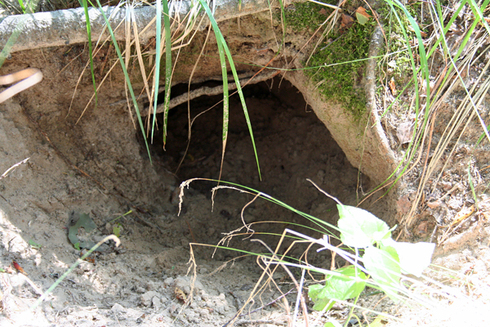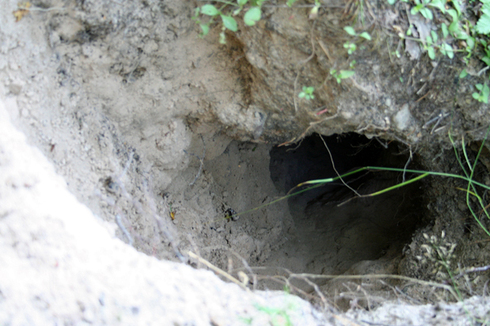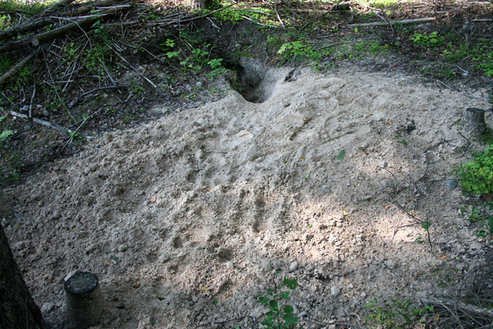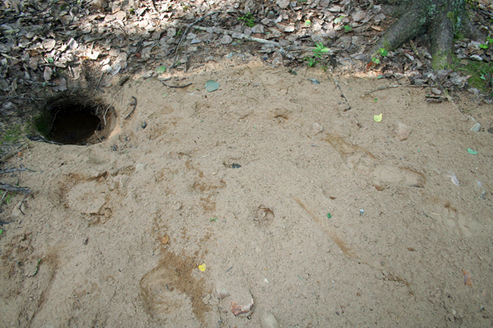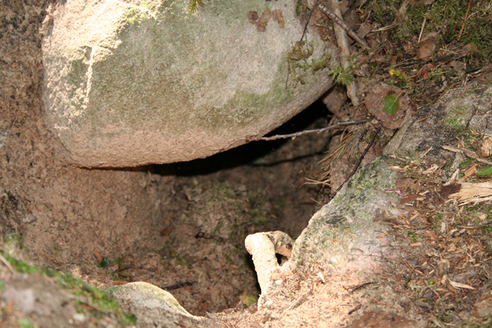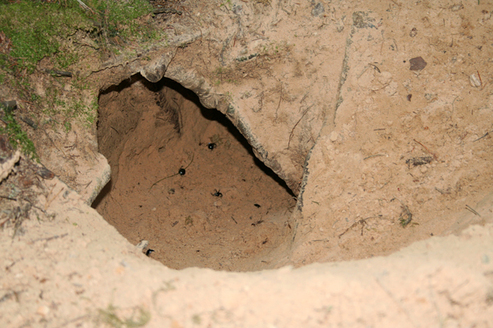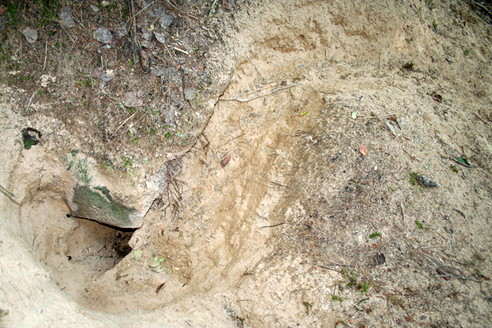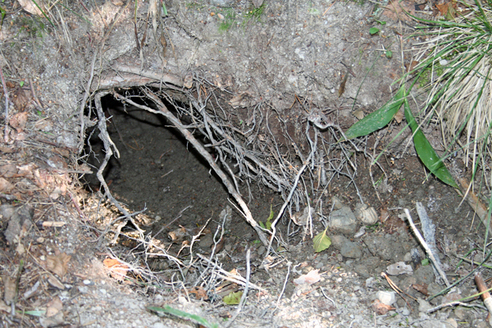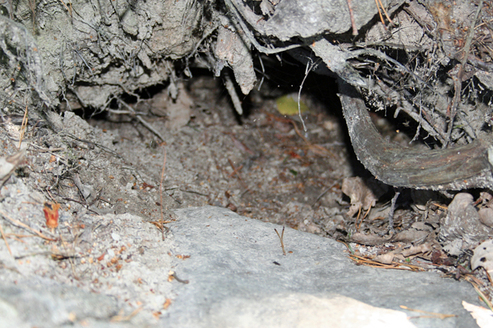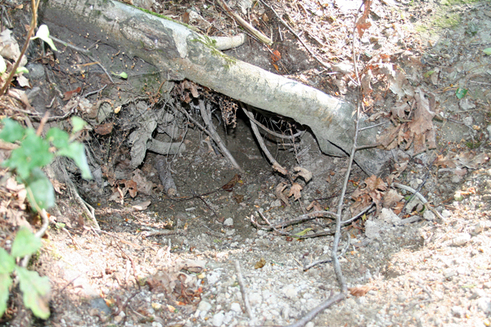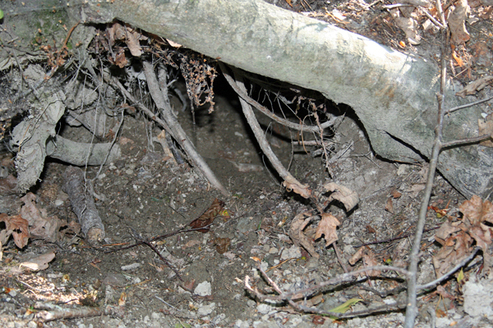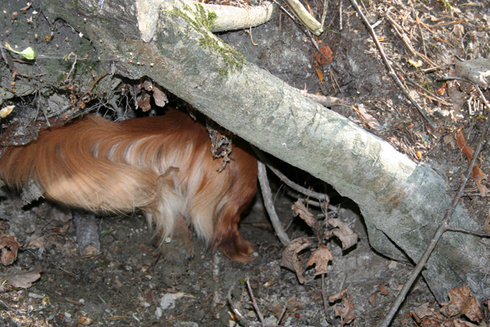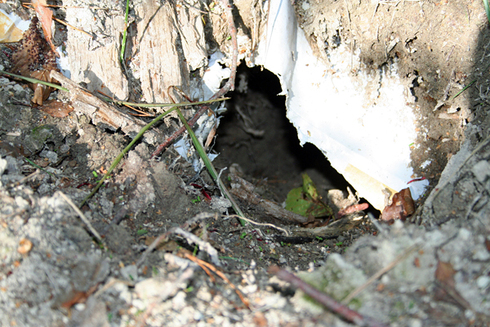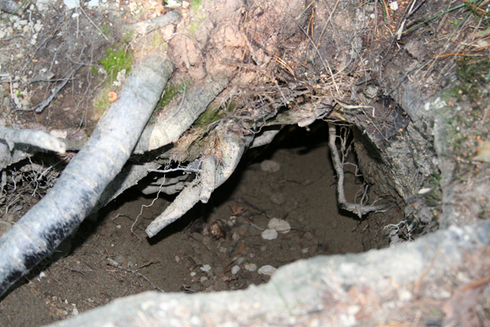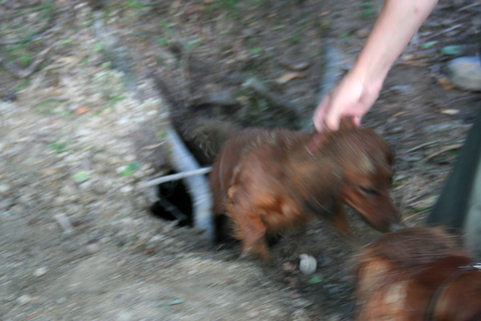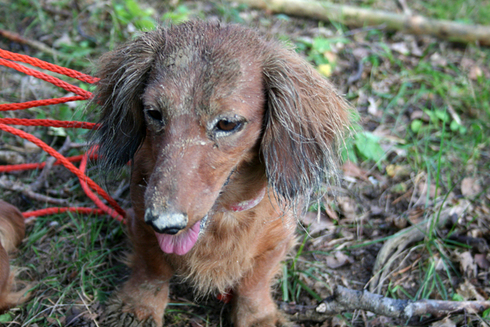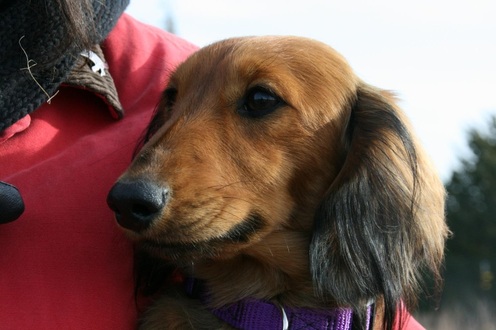|
I have added an article reflecting my thoughts on dachshund coat types, primarily longhaired coats, with regard to suitability for field work.
0 Comments
In the aftermath of the proposed (and rescinded) revision to our breed Standard this month, I have finished an article expressing my thoughts about piebald. It was important for me to do it. Some things need to be said.
I have posted both a link and a PDF download of the article on a separate web page.
Congratulations to Cliff Shrader and Tasha, Andre Guerin and Alleah! There is a very good, pro-breeder article by Susi on the DogKnobit blog. This is how it begins. Not long ago, I had a conversation with a couple of women at a pet blogging convention where the majority of attendees tilted in favor of shelter and rescue dogs. Many had come with their own reclaimed dogs, and of them I thought, “Good for you!” In my estimation, the majority of shelter and rescue workers do God’s work, and the people who take in these dogs are angels. But I've also learned that with the exception of people affiliated with breed clubs, most in the shelter and rescue world are woefully misinformed, if not ignorant about the world of the purebred dog owner and breeder. This article is not new but it is well written and insightful. Have a look.
The following was posted on BuzzFeed by Summer Anne Burton. Many thanks to Janice for sending the link. I like the photo very much! Eva, who works as a foster mom for Badass Brooklyn Foster Dog, rescued this one-eyed dachshund mix from a high-kill shelter in Alabama. She fell in love, bringing him back to her farm in Pennsylvania and naming him Captain Morgan. Beagler and dachshund field trial judge Bill Dyer shared this story on Facebook last night. Bill lives in Meigs County in southern Ohio where this incredible incident took place last fall.
I googled for more information and found this link to the story on Outdoors International, with many photos. Wow! There is no reason to use these dangerous jumps anymore! Period. There are just too many opportunities for injury. Steve Schwarz, self-proclaimed "Agility Nerd" has a blog post regarding the danger of metal jumps. Is anyone still using them?? Owl waits for the timer and the signal to go at his (and my) very first agility trial, September 2009
[Nexus is ABS6 DC Nexus v Dorndorf L CD TD JE RN NA VC Wa-T BHP-G LH, owned by Patricia Nance] What a nice honor that Nexus is on the cover of the Spring 2013 Dachshund Club of American magazine. This is the quarterly publication of the national breed club. Nexus made the cover by virtue of having earned titles in seven AKC venues: Field, Tracking, Earthdog, Rally, Show, Obedience, and Agility. He is the first male longhair and second longhair of either sex to do it. I am especially gratified by the presentation of the three-page article on Nexus inside the magazine. In fact, I was so very pleased with the graphics that I called the editor to express my appreciation. KUDOS AND THANK YOUS to Lynne Dahlen, Siren, Wisconsin, for her considerable effort, not only on my behalf in this issue but for all of DCA - month after month and year after year. The national club published the photo and article gratis and I very much appreciate that, too. I also sent a full page ad "Goodbye to a Godsend" about Nexus' mother Marta. Lynne placed this page at the end of the article on Nexus. And I received several extra copies of the magazine. THANK YOU, Lynne, for everything! While I was enjoying the magazine and on the phone with Lynne, Nexus' 10 month-old great-niece Taya got hold of the box that the magazines came in. Maybe Taya, too, is saying, "Great job, Lynne! You TORE it up!"
In yesterday's post, I mentioned the Dachshund Club of America magazine. It is a quarterly publication of the national breed club. Lynne Dahlen of Wisconsin is the talented editor. The most recent issue, Winter 2012, has a very nice write-up by Shawn Nies about the Harvest Moon Classic field trials (eight trials) held in Roscoe, Illinois over 10 days this past October. Shawn listed all the states exhibitors came from (15 plus Canada) and all the beagle men who helped us. She mentioned weather conditions (extremely dry), extra-curricular tracking practice and certifications managed by Lois Ballard (Viljo and Taya were both certified by Lois during the week), the earthdog test, and the numbers of entries - 724 total for the week when all was said and done! Honorable mentions include the "wild thing" dinner, the bonfire, and the raffle which earned $1000 to be given to the Northern Illinois Beagle Club for grounds maintenance. And the report noted a huge, well-deserved thank you to Cheri Faust and Larry Gohlke. Cheri and Larry organized the 1st annual Harvest Moon Classic and worked very hard to make it all a great success. Shawn's article included some new Field Champions, of which Viljo was one: Jeff Boehne, who is one of several new people to field trial at this event, finished his red standard wire GCH DC Hundeleben Zis Und Zat of Brownwood SW (Ziggy), on Friday at the DCGL field trail and then Ziggy got NBQ at the MADC FT during his first time to run with "the big dogs." Patt Nance finished her red, standard long, FC Cadium Aurinkosoturi (Viljo) on Friday at the DCGL FT and he took first place in the FCD class at the MADC FT on Saturday! Sherry Ruggieri finished her 7 month old wild boar standard wire bitch, FC Tusoksori-Ugraszto Husniya (Niya) and she came back to earn a third place in the field champion bitch class. Pamala Hopkins finished her wild boar miniature smooth boy, FC Hoppledachs's Keokut ME CGC (Keo) and he came back in the field champion dog class with a fourth place. There are definitely some very competitive new dogs in the Field Champion classes and I will look forward to seeing more of them. Shawn, I look forward to it, too!
Thank you for the excellent article and photos. I read a lot. I promise not to post frequently about books I have read, but The Immortal Life of Henrietta Lacks, a true story, is especially worth mentioning. Superbly written by Rebecca Skloot and published February 2010, it is a page turner. I had never heard of the book or of Henrietta Lacks. A coworker loaned the book to me and I am glad to say that I am now familiar with both. Thank you, Nancy! Amazon.com Editorial Review by Tom Nissley: From a single, abbreviated life grew a seemingly immortal line of cells that made some of the most crucial innovations in modern science possible. And from that same life, and those cells, Rebecca Skloot has fashioned in The Immortal Life of Henrietta Lacks a fascinating and moving story of medicine and family, of how life is sustained in laboratories and in memory. Henrietta Lacks was a mother of five in Baltimore, a poor African American migrant from the tobacco farms of Virginia, who died from a cruelly aggressive cancer at the age of 30 in 1951. A sample of her cancerous tissue, taken without her knowledge or consent, as was the custom then, turned out to provide one of the holy grails of mid-century biology: human cells that could survive--even thrive--in the lab. Known as HeLa cells, their stunning potency gave scientists a building block for countless breakthroughs, beginning with the cure for polio. Meanwhile, Henrietta's family continued to live in poverty and frequently poor health, and their discovery decades later of her unknowing contribution--and her cells' strange survival--left them full of pride, anger, and suspicion. For a decade, Skloot doggedly but compassionately gathered the threads of these stories, slowly gaining the trust of the family while helping them learn the truth about Henrietta, and with their aid she tells a rich and haunting story that asks the questions, Who owns our bodies? And who carries our memories? 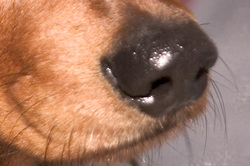 Research explores how odors are published in the brain. Published Thursday, December 20, 2012 in the Harvard Gazette. Link forwarded today by Walter Obrien; there is a copy icon for this article. Harvard scientists are shedding light on a neural feedback mechanism that may play a key role in how the olfactory system works in the brain. The mechanism was first identified more than a century ago, but little was understood about its workings till now. Received this report today from Cliff who has been super busy lately. Thank you, Cliff! I took a track on Christmas Eve during the afternoon for my cousin's good friend. I called my brother in law Andre where he could get his new pup Aleah some OJT. On the phone a couple of days ago, I commented about something that I have been seeing with Taya and that is imitation.
The habit in this house is that when the three adult dogs, Nexus, Owl, and Viljo, come in on lead, they sit nicely inside the door while I remove their collars and leads. They are all required to stay sitting until I tell them "okay." <Mad dash> Sometimes the stay is for 10 seconds. Sometimes it is for 60 seconds. Sometimes I stay with them, other times I walk into another room, remove my jacket, take a water from the fridge, get a Kleenex...Then I walk back to them, tell them how good they are, and say "okay." <Mad dash> Taya has not been a part of this process. She is nearly always coming in without a lead because she nearly always doesn't need one. And in all of the many times that she has come in without a lead, she has just mozied around wherever she wants to go - until last week. Last week, I saw Taya sit and stay with the boys when I left and went into the kitchen. She was still there when I walked back. She was looking at me intently but I didn't really think it was deliberate behavior on her part. A fluke. Yes, must be! But the same thing has happened several times since then. And of course I am now aware that the behavior is deliberate. She sits with the boys. She waits with the boys for however long they wait. And when I say "okay" <Mad dash>. The behavior is completely self-taught and she learned it by watching. Then...today. Today, I gave Owl a bath. Afterward, I wrapped him in a towel and carried him outside. Taya was all happy that Owl had gotten a bath; she was jumping up and carrying on and she came outside with us. I rubbed Owl with the towel, then I removed it. As soon as I took the towel off Owl, he gave a vigorous shake. And you know what? Taya, who had been bouncing around Owl being a nuisance and even vocalizing a bit, stopped right then and shook herself, too. haha! I believe the term for that action is "automatic imitation." I would love to have it on video! That dogs can and do imitate the actions of other dogs is not a new concept to me. However, seeing such explicit demonstrations of imitation in one of my own - young - dogs is new. This evening, I googled "canines imitating canines" and have read two interesting articles so far. The first, in the Washington Post, is titled What Were They Thinking? More Then We Knew. The other is Imitation #2 on Patricia McConnell's blog The Other End of the Leash. Some interesting stuff. Houston, we've had a problem here. In fact, all across the United States, we've had a problem. A big problem. There is no question that US exhibitors, breeders, and judges care about this breed. The question that I find myself having to ask is - do US exhibitors, breeders, and judges KNOW this breed? Well, we are supposed to know! The information is available. And it is more easily accessible than ever before. Unfortunately, many statements being posted on the internet, and even published in magazines, is surprisingly misleading and simply not congruent with facts. For all intents and purposes, two more questions underlie the one above. 1. Is the dachshund an earthdog? I really do not know anyone who would say no. 2. Is size important in the dachshund aka earthdog? Well now, here comes the dichotomy of all dichotomies. It is absolutely amazing how many LONG TIME exhibitors, breeders, and judges assert that it is not! "A good dachshund is a good dachshund." Well, what makes a dachshund GOOD? In part, it is the ability to do the WORK of a dachshund. And not a thing about a dachshund's structure helps him "do the job" more than his size! Why is it, pray tell, that so many of us talk and act like dachshund size is totally irrelevant, when it is COMPLETELY relevant! I tell you this thing, there is not a badger or fox hunter in the world who will say otherwise. This longhaired bitch is one of a mother/daughter pair of bitches that is regularly and successfully used to hunt the European badger (aka Eurasian badger) in Finland. Guess how big she is and hold that thought. We will come back to it. Please see below each of 20 different earths, nearly all entrances. Entrances! If a picture is worth 1000 words, then maybe we can consider this little album a virtual encyclopedia on earthdog size. All photos were taken by me in an 11 hour badger hunt with three men, another woman, and three standard longhaired bitches in Finland on August 10, 2010. Earthwork photos are not unique. There are many like them on the internet. But, ahem, apparently American dachshund enthusiasts are not looking at them! Note that with one exception I have not included photos with badgers or the evidence of the taking of badgers. The singular purpose of this post is to give the reader clarity, in pictures, on what seems to be a very muddied (ha!) concept of earthdog size. I sincerely hope that it helps do that. If not, well I tried. I really tried! 20 reasons why dachshund size is important CH Von Schaafmeister's Do You Believe in Magic May 13 2007 - November 25 2012
|
A
February 2015
Categories
All
|

